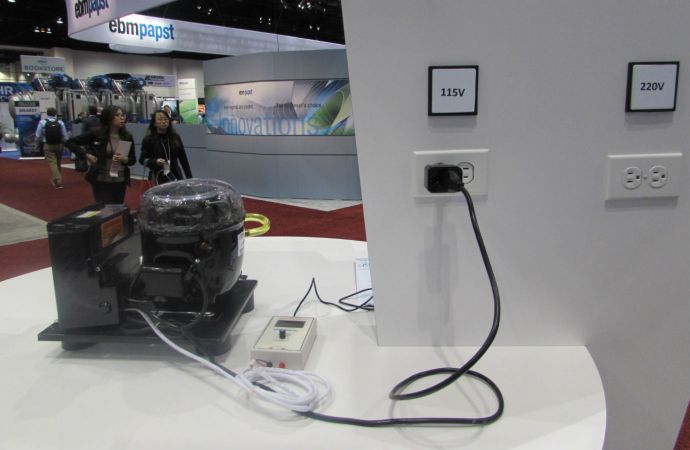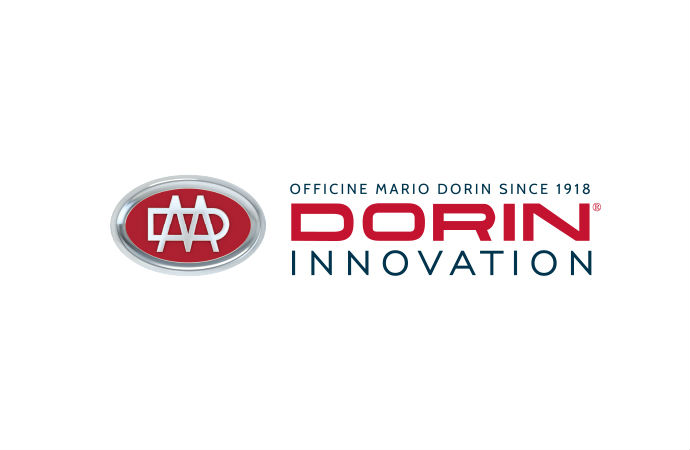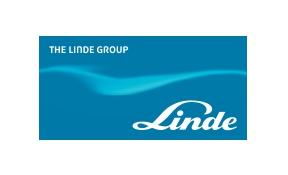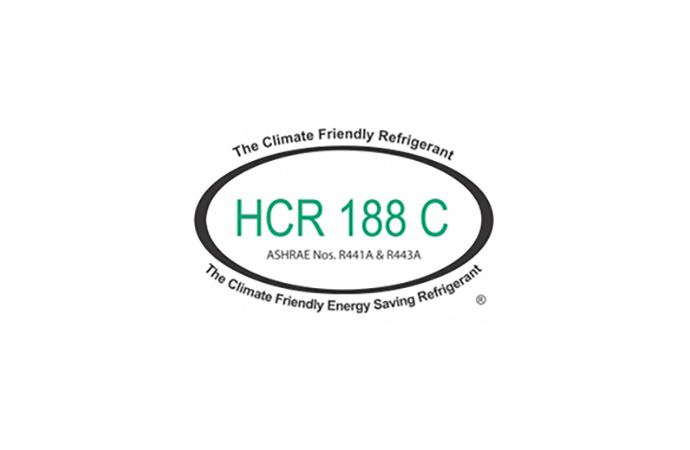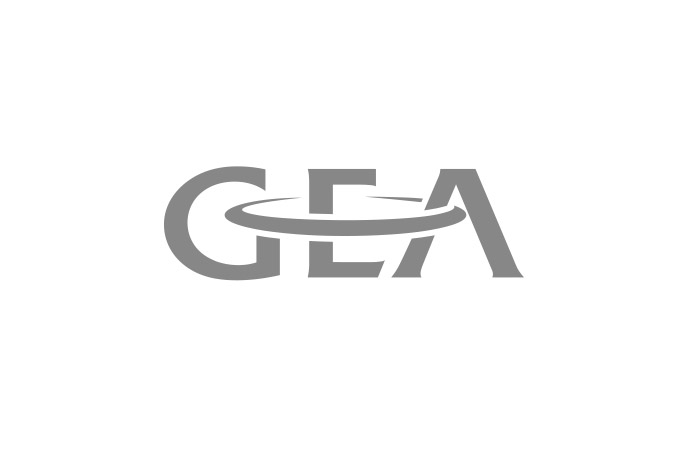Learning from the experiences of others is key in product development. With this in mind, GIZ and Gree shared their experience and know-how regarding the development of a hydrocarbon air conditioner production facility in China, at a side event at the 31st OEWG in Montreal, Canada.
+ PHOTOS

On 3 August 2011, delegates at the 31st Open-Ended Working Group (OEWG) meeting of the Parties to the Montreal Protocol were invited to a side event organised by GIZ Proklima, at which Ms Linda Ederberg of and Mr Igor Croiset from GIZ, and Zhong Zhifeng from the Foreign Economic Office of the Ministry of Environmental Protection of China (MEPFECO) presented their experience of developing a R290 production line.
Having achieved international and local quality and safety certificates, the success of the R290 Gree air conditioner production line opens the doors for other manufacturers in China to follow suit.
How to start a hydrocarbon air-conditioner production line
When it comes to setting up an R290 air conditioner production facility, GIZ and Gree have paved the way for others wishing to establish similar hydrocarbon projects. With many stages involved in bringing the R290 air conditioning project to light, a step-by-step approach including certification, the development of safety procedures and service training is key.
The following steps taken in the development of the Gree and Giz project could act as a guideline for the course of action future projects could take:
- Identification of suitable manufacturer: Originally proposed in 2008, the first step in the project was identifying a suitable manufacturer. Gree, the largest manufacturer of air conditioners worldwide, was put forward as an ideal candidate because the company produces air conditioners both for their own brand and for other major distributors, and has a company philosophy of being an innovator.
- TUEV inspection: Once Gree had accepted to take on the challenge of this project, the next step was to get a globally recognised testing, inspection and certification organisation, in this case TUEV, to inspect the installation. The first inspection took place in January 2010.
- Service training and preparation of manual: In May 2010, Gree experts received service training in Germany and in June 2010 the German Institute of Refrigeration prepared a service manual for GREE.
- Development of working procedures: With no prior experience in using flammable refrigerants, the next challenge for Gree was to develop a series of working procedures, together with providing extensive training on the new warning signs that would be introduced to the production process.
- CE certification: In October 2010, the air conditioner received the CE marking, ensuring that the product is in conformity with the essential requirements of European legislation.
- VDE certification: In September 2010, Gree obtained certification from the German Association for Electrical, Electronic and Information Technologies (VDE), becoming the first company to achieve VDE certification for R290 air conditioners. The VDE certification affirms the high quality and reliability of the air conditoners, and opens the door for widespread product acceptance.
- TUEV inspection: On 4 December 2010, there was a second plant inspection byTUEV Sued.
- Pilot installation: In May 2011, Gree R290 air conditioners were installed at the Ministry of Housing and Environment and at the Convention Centre in Male, Maldives.
- Acceptance of production line: After the air conditioners were certified and the demonstration installation was in place, the next step was to gain acceptance of the production line. Given the importance of developing consensus between companies, government and associations in China, an expert panel was invited to officially accept the production line. This expert panel unanimously expressed their view that the production line is of world-class quality and that safety aspects are well above the practiced standards used in domestic refrigeration.
- Official opening: The Gree production facility was officially opened on 14 July 2011. A Gree hydrocarbon unit was officially presented to the press and management of Gree, and a film of the opening was broadcast across China.
As a result of the success of the project, 18 of the 32 air conditioning production lines in China will be converted to R290 as part of China’s HCFC Phase-out Management Plan (HPMP).
German Federal Environment Agency and Gree presentations
Also speaking at the GIZ side event was Mrs Katja Becken of the German Federal Environment Agency (UBA), whose presentation “Avoiding Fluorinated Gases – Prospects for Phasing out”, looked at good practice examples from the recently published UBA report of the same name.
Gree also gave a presentation about the pilot installation of the Gree R290 air conditioning in the Maldives, and included a review of the training provided in the use of hydrocarbon refrigerants to 25 refrigeration technicians from Male.
Background information
The project under which the production line has been set up is funded by the German Federal Ministry for the Environment, Nature Conservation and Nuclear Safety within the framework of the International Climate Initiative and is implemented by the programme Proklima by the German International Cooperation (GIZ).
Since 2008, Gree has worked on the development of the new air-conditioners with support from Proklima.
MORE INFORMATION
Related stories

_1477296886.png)
